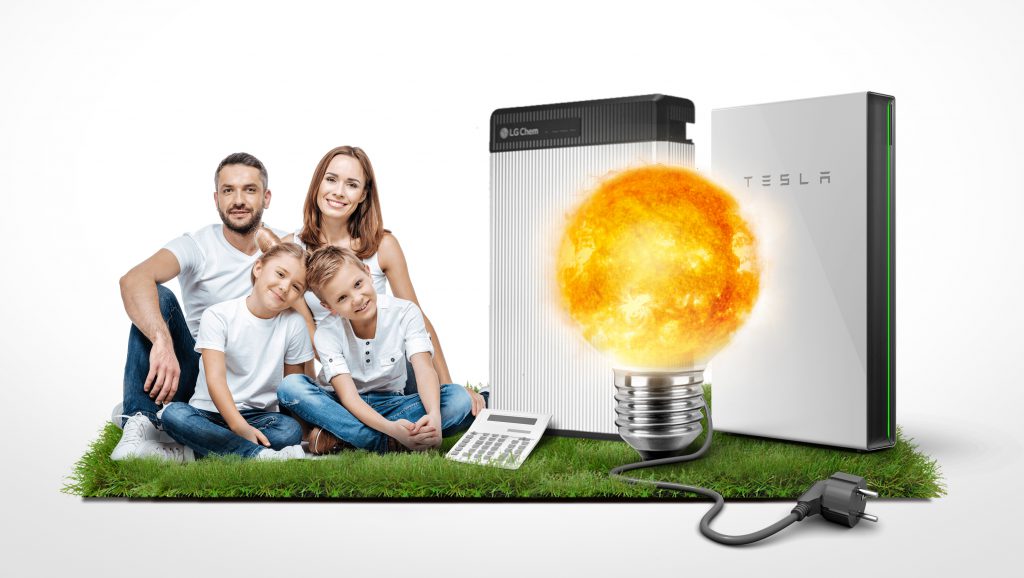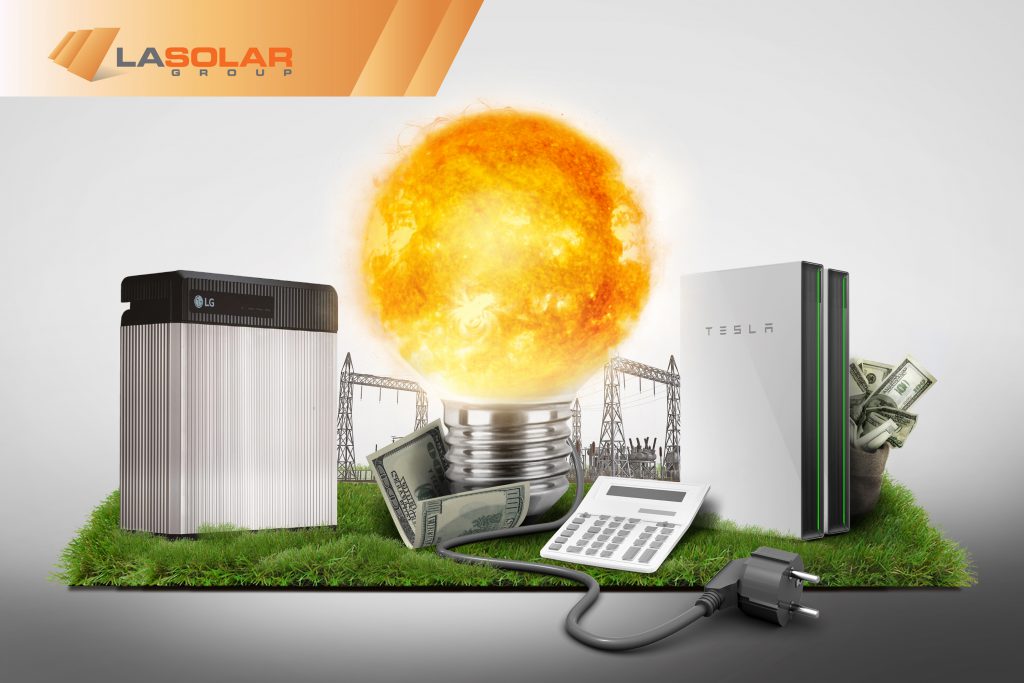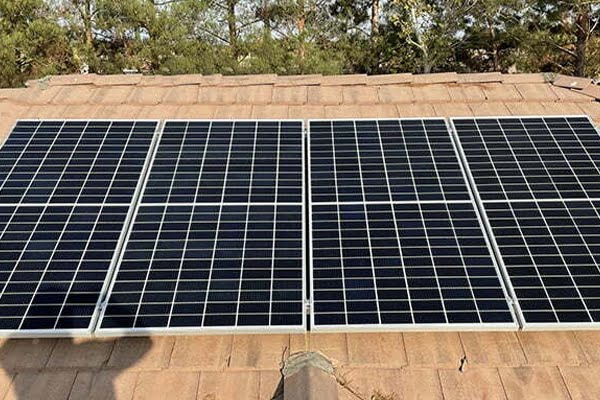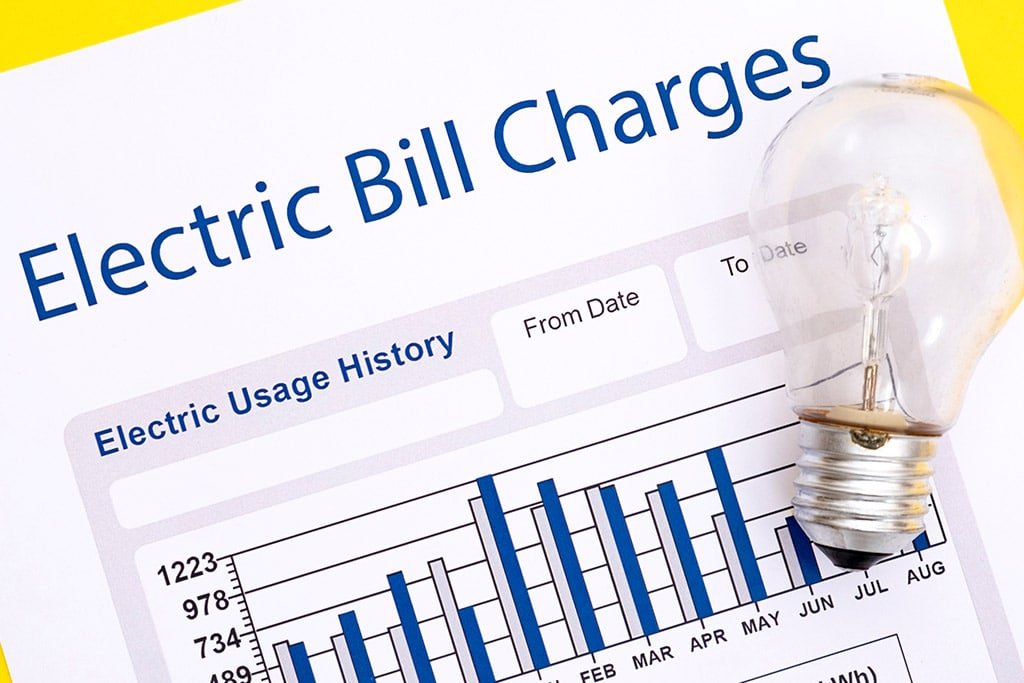If you’re thinking about going solar, you’ve probably given a lot of thought to system optics and applications. Things like panel brands and inverter types—where they’ll go and how they’ll look—are all topics of consideration. One important thing to remember about solar panel systems is the time-sensitive savings structure. The longer you wait to go solar, the more time you give your utility company to evolve their rate structures.
A funny thing happens when rates change:
They tend to adapt in a way that reduces the credit you get for your solar system production.

How does this happen?
Utility companies can implement policies and procedures that diminish your financial benefits from using solar panel systems. For example, SoCal Edison employs non-bypassable charges (NBCs) and time-of-use (TOU) rates. These charges and policies can cause you a higher bill or lower generation credit.
What is a time of use rate?
TOU rates are essentially variable rates in which the amount the utility charges you, per kWh, will change based on the time of day. The rates tend to increase during peak usage hours. Rates could be low in the morning and at night, but increase to a higher rate in the afternoon and evenings—a time that most people tend to use home electricity.
Why do utilities like SoCal Edison want to switch to TOU rates?
TOU rates may seem like they are purposely targeting your solar panel systems, but there are many reasons why these rates are sensible. With TOU rates, people adjust their usage patterns to balance the overall strain on the grid. Rebalancing the grid could possibly reduce the harmful use of fossil fuels created from high energy consumption.
TOU rates encourage solar panel battery storage and reward savvy solar customers with lower bills, possibly incentivizing more clean energy production.
It’s easy to see how a rate structure with cheaper energy during the sun-shining hours and expensive energy in the evenings could be attractive to a service provider like SoCal Edison. Such rates affect your solar net metering value, and ultimately your new bill as a customer.
What are the actual rates on SoCal Edison TOU rate?
SoCal Edison offers different TOU rates that each offer their own unique set of benefits and drawbacks. The following rates are the most common: TOU-D-4-9PM, TOU-D-5-8PM, TOU-D-Prime.
TOU-D-4-9PM
In this plan, the highest usage rates are summer weekdays within the timeframe of 4-9 pm. Given this timeframe, the TOU-D-4-9pm plan is most beneficial to those who frequently stay up late into the evening. Daily basic charges in this plan are $0.03 per day, with the minimum daily charge hitting $0.35 per day. The baseline credit will be $0.08 per kWh, up to your monthly baseline allotment.
This rate plan is most advantageous for smaller households in areas along the coast, and average-sized homes and condos.
TOU-D-5-8PM
TOU-D-5-8PM plans are good options for those who do not stay awake long into the night, as the highest rates are summer weekdays from 5-8pm. The daily basic charge, minimum daily charge, and baseline credit are all identical to the TOU-D-4-9PM plan.
This plan is most beneficial to those who spend most of their days at home or live in smaller, rented residences.
TOU-D-PRIME
The prime plan is directed toward those who own or lease electric vehicles or hybrid plug-in vehicles, have a residential battery, or use electric heat pump systems. The highest rates are from 4-9 pm, and the daily basic charge is $0.40. There is no minimum daily charge and no baseline credit.
You can Conquer Time-of-Use Rates with Battery
Solar panel energy storage has become innovative with the design of battery systems. Batteries are getting smarter, sleeker, and more advanced.
In the past, batteries could only do two things: charge and die. New solar panel battery systems can perform a variety of functions to help offset and circumvent your utility rates. They are programmable and algorithmically study your home usage patterns, reacting to moments of high energy consumption. From the home usage analysis, batteries can forecast when and how to counterbalance your energy consumption. Batteries can read your usage in real-time, discharging spurts of energy to offset consumption. This will ensure that you don’t have to pull energy from the grid.
You can count on batteries even in a power outage—they provide seamless energy coverage.
Your battery might possess numerous smart features, but there is only one way to guarantee you won’t be paying a higher bill at the end of the month from your TOU rates. The solution is simple: Don’t use any grid electricity at all.
Batteries help you maintain grid independence with their ability to store energy. Think of it like stashing extra solar that you don’t use during the day into a can, then dumping that solar energy into your house at night when there’s no sun.
Storing energy is not the only battery asset. They can also do more advanced, cost-effective tasks. For example, batteries can remain on standby when they’re full. They will wait to funnel their energy back into the grid when the energy credit is more expensive, and that means money goes back into your pockets.

Solar Panel Battery: Tesla Powerwall vs. LG Chem
Batteries can greatly benefit you in regard to time-of-use rates. Here’s how a couple of the most popular types of home solar batteries work.
LG Chem and SolarEdge StorEdge
The LG Chem RESU10H is a solar panel battery that installs DC current coupled with an inverter, like SolarEdge StorEdge inverter. It’s a 10kWh battery that can continuously output 5kw.
This battery is lower than the Powerwall’s 13.5kWh. However, as it’s DC coupled, there are fewer inversion points than the Powerwall’s AC coupled system. Therefore, the two systems are comparable to each other.
As LG’s battery is DC coupled, it requires specialized inverters like a SolarEdge StorEdge. Given that SolarEdge StorEdge inverters are advanced and highly comprehensive pieces of equipment, they are worth the investment. Keep in mind, there may be compatibility issues if you need to add StorEdge to an older system.
You may invest in multiple batteries, but the 5kw limit will still be applied. However, batteries have stacked power output during the day when combined with excess solar production. You can also get stacked capacity, or longer backup power times, with a 10kWh battery.
One of the greatest advantages of the LG Chem RESU10H is the extent to which you can program it. You can employ seasonal or custom modes that allow the battery to adapt its storage behavior based on the time of day, the day of week, the season, and more. You can also adjust the settings to allow for backfeeding into the grid. This backfeeding will happen regardless of whether you have consumption to offset in the home.
The LG Chem RESU10H has so many applications and settings that you need to call LA Solar Group or SolarEdge directly to set up your custom profiles. We do the hard work, so all you need to do is sit back and enjoy your new energy storage battery.
LG Chem Quick Specs
- 10kw capacity
- 5k continuous output
- Stackable capacity
- Only stackable output with solar and inverter power (capped at 5k during times with no solar, regardless of how many batteries you have)
- DC coupled, StoreEdge or similar inverters only
- Custom and programmable
- Can export into grid on command
Tesla Powerwall Quick Specs
- 13.5kw capacity
- 5k continuous output
- Stackable capacity
- Stackable in output, two batteries is 10k, three is 15k, etc.
- AC coupled, any inverter type but secondary inversion points
- Stock modes, but algorithmically learns usage patterns and forecasts usage
- Only discharges to offset consumption
Tesla Powerwall
The Tesla Powerwall is a flexible system and can be used with any inverter type. It is an AC coupled system, with a 13.5kWh battery that can continuously output 5kw.
A 13.5kWh battery is greater than the LG Chem’s 10kWh, but it has its own set of restrictions. Given that it is an AC coupled system, there are extra inversion points in the Powerwall. Thus, while you can add Powerwall to any system, the difference in total capacity is negligible.
The most exciting feature of the Tesla Powerwall system is its ability to stack batteries steadily. The 5kw output can soon become 10k with two Powerwalls, 15k with three Powerwalls, 20 with four, and so on.
While the Tesla Powerwall app is not extensively customizable, it has great features. The Tesla Powerwall app is the same one employed in Tesla cars and is easy to use. You can flip between behaviors and operating modes in real-time. There’s a mode for Advanced Time-Based Control, applicable if you want to target time-of-use rates. There’s also a Self-Powered mode that will use advanced, smart technology to forecast your energy patterns. Self-Powered mode does its best to avoid grid usage. This is the preferred mode if your system is sized to cover all your home energy usage. Remember, the best way to beat time-of-use rates is not to use grid energy whatsoever.

Going Forward
Going solar means a commitment to clean, renewable energy and protection from increased utility rates. The best way to maximize your solar savings is to become independent of the grid. That means only using solar energy for your consumption needs, even in the absence of solar light. The best way to do this is to invest in a solar panel energy storage solution. A solar panel battery stores solar energy for later use so that you will never have to pull energy from the grid. With a battery system, all of your energy needs will be satisfied through the stored energy collected during sunlight hours.
Investing in solar technology should be a cost-effective venture. To guarantee that you don’t fall victim to tricky utility rates, add a battery to your home and see the financial savings firsthand.
Author of a publication: Irene Abgaryan





